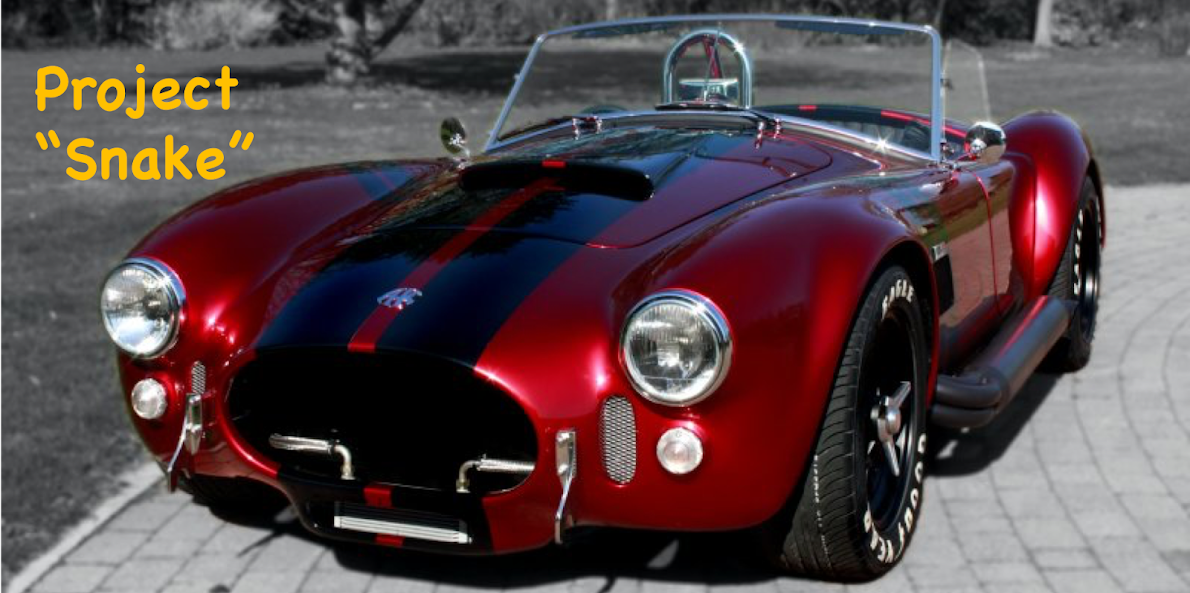Next up on my job list was installing the air intake and air filter.
I purchased the stainless steel air intake pipe from AK; another bit of engine bay bling! This includes a couple of spigots to connect to the crankcase breathers so that any oil-contaminated air from the engine is recirculated back into the air intake. It also has a hole underneath into which the Intake Air Temperature (IAT) sensor is installed; this is one of the sensors monitored by the Canems ECU.
 |
| Shiny intake pipe! |
I ordered a standard GM IAT sensor from Billy's Speedshop via eBay. I needed to clean up the hole in the inlet pipe slightly with a hole drill to get the sensor to fit. This will be held in place with some polyurethane sealant.
 |
| Intake Air Temperature Sensor... |
 |
| ...installed into air intake pipe. |
For the air filter, I went with a K&N RD-1450 unit. This was basically the largest diameter but shortest height unit I could find with a 4-inch inlet flange diameter to match up with the AK air intake pipe (the short height is important as there is not a lot of room to fit the filter in between the intake pipe and the radiator). As well as providing increased airflow, the K&N units are washable and will last pretty much forever.
 |
| K&N Air Filter with oiled cotton filter element |
The air filter was a simple slip-fit over the end of the air intake pipe and was secured in place with the supplied jubilee clip.
To attach the air intake pipe to the throttle body on the engine required a 102mm ID silicon Straight Coupling Hose (from Merlin Motorsport) and a couple of suitably sized jubilee clips. These were torqued up to 6Nm as per the Samco recommendations and then checked again after at least 30mins to allow for any relaxation of the silicon pipe.
 |
| Filter and intake pipe installed - I even made sure the logo was level... |
For the connections to the crankcase breaker pipes on the rocker covers, I used some 200 Series -8 braided steel line from Merlin Motorsports and some neat -8 hose finishers (which incorporate a jubilee clip) from Torques UK.
 |
| Offside breather hose completed |
The nearside hose was a bit more of a faff as the outlet breather pipe on the rocker cover faces towards the rear of the car. This needed the breather pipe to turn 180 degrees; unfortunately the bending radius of -8 braided hose is rather large so an alternative solution was needed.
I used a couple of -8 straight female fittings and a -8 180-degree adaptor from Torques UK to come up with a suitable arrangement. Unfortunately I couldn't quite finish off the install as I managed to misplace the final -8 hose finisher somewhere; no doubt it will surface once I've ordered a replacement...
 |
| My solution to redirect the breather pipe through 180-degrees |
 |
| Somewhere in the garage, there is a stray hose finisher... |
















